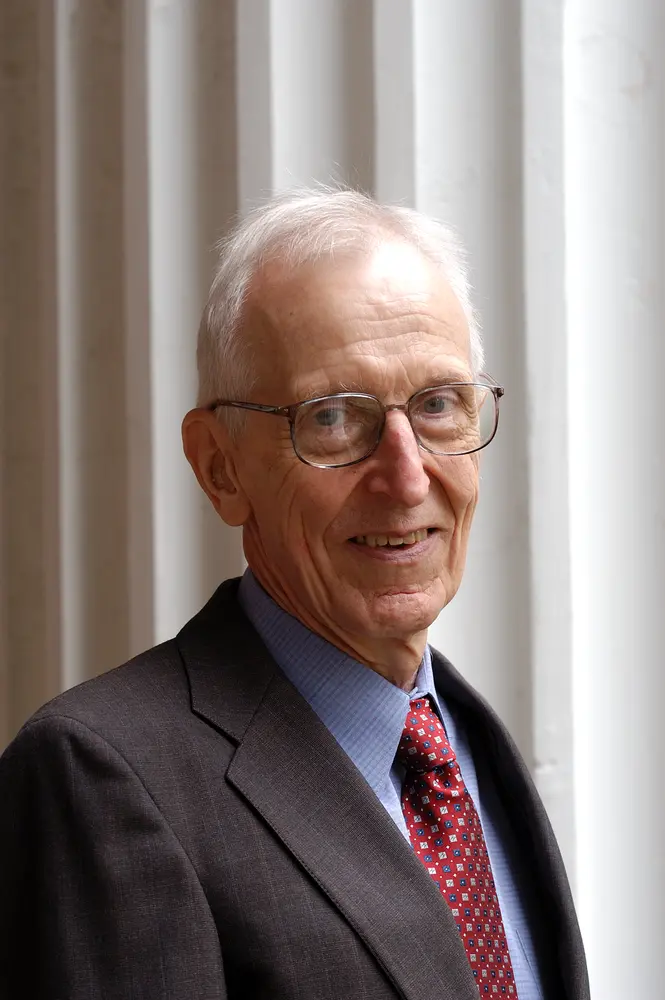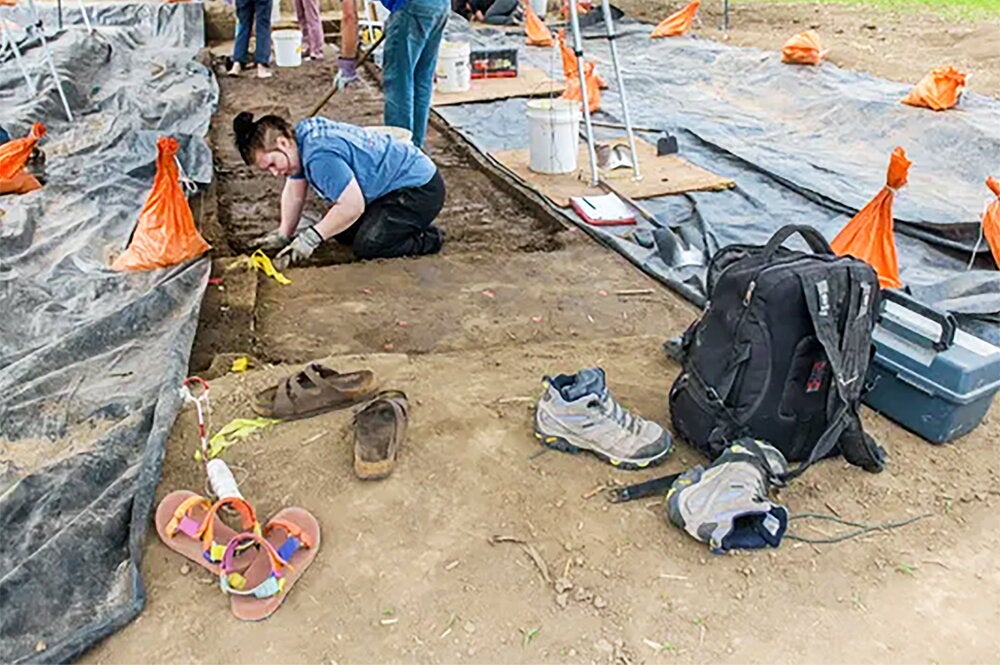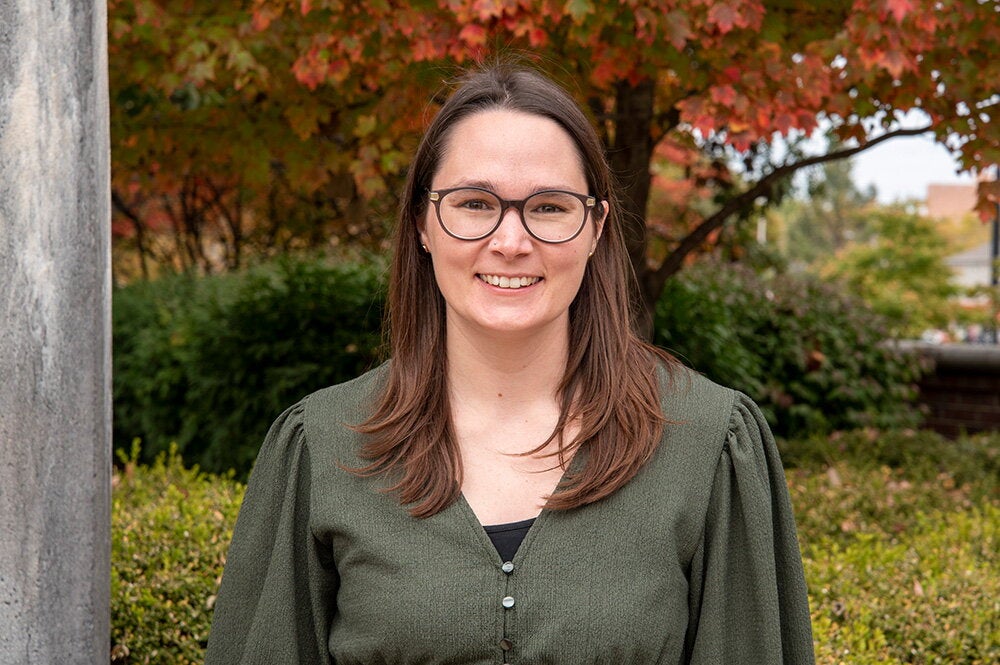
When some people retire, they head to golf courses and warmer climates. But when George W. Parshall (PhD, '54, organic chemistry) retired from DuPont in 1992, he took a slightly different course. He joined the effort to destroy chemical weapon stockpiles in the United States and across the world.
Parshall, who received a PhD in organic chemistry from the College of Liberal Arts & Sciences in 1954, became a member of the National Research Council's "Stockpile Committee," which has played a key role in advising the U.S. Army in its ongoing effort to safely destroy chemical weapons.
This role was a fitting encore for a chemist who had already made a name for himself at DuPont over the four preceding decades. It is also one reason why Parshall has been awarded the 2005 Alumni Achievement Award from the College of Liberal Arts & Sciences.
As a member of the Stockpile Committee, Parshall was a catalyst of change. But that's only fitting, since he spent a career doing groundbreaking research on new chemical catalysts—compounds that trigger chemical reactions.
Parshall is best known for his work in organometallic chemistry and homogeneous catalysis, areas that were just beginning to blossom when he arrived at DuPont fresh out of the University of Illinois.
"Probably the biggest application for organometallic compounds has been as homogeneous (soluble) catalysts to make organic reactions go faster and more selectively," Parshall says. "The organometallic chemistry developed in the 1950s and ‘60s led to major developments in the manufacture of organic compounds in later years, including the compound used to treat Parkinson's disease."
Parshall, who wrote the definitive textbook on homogeneous catalysts, was most closely associated with the DuPont processes for making critical intermediate compounds used in producing nylon and polyester.
He also directed 50 to 100 DuPont scientists, who worked in teams in a variety of areas—one of the most notable being the creation of alternatives to chlorofluorocarbons, or CFCs.
In the 1980s, researchers discovered that CFCs, used in refrigerators and air conditioners, contributed to the destruction of the atmosphere's ozone layer, which protects us from damaging solar radiation. One of Parshall's teams led an effort to develop hydrofluorocarbons, or HFCs—a safe alternative.
After Parshall retired from DuPont, the Army and the National Research Council came calling. At the time, he says, the United States had 31,000 tons of toxic chemicals in weapon form, while Russia had 40,000 tons.
A 1997 treaty called for the destruction of these chemicals, which generally fell into three types. There was mustard gas, the devastating chemical that left many blinded and scarred in World War I. The stockpile also contained two types of nerve toxins—VX and Sarin, which send the nervous system into overload, shutting down the respiratory system.
Parshall has been an advisor on "neutralization" processes used to destroy these chemical weapons, which involve more chemistry than does the alternative: incineration. He says the U.S. has passed the 30-percent mark in destroying its chemical weapon stockpile, while Russia is still in the early stages.
This post-retirement work has been "very satisfying," Parshall says. "Especially gratifying is that the program's Army managers actually take our advice fairly frequently. It happens often enough to make me feel like I am making a contribution."


